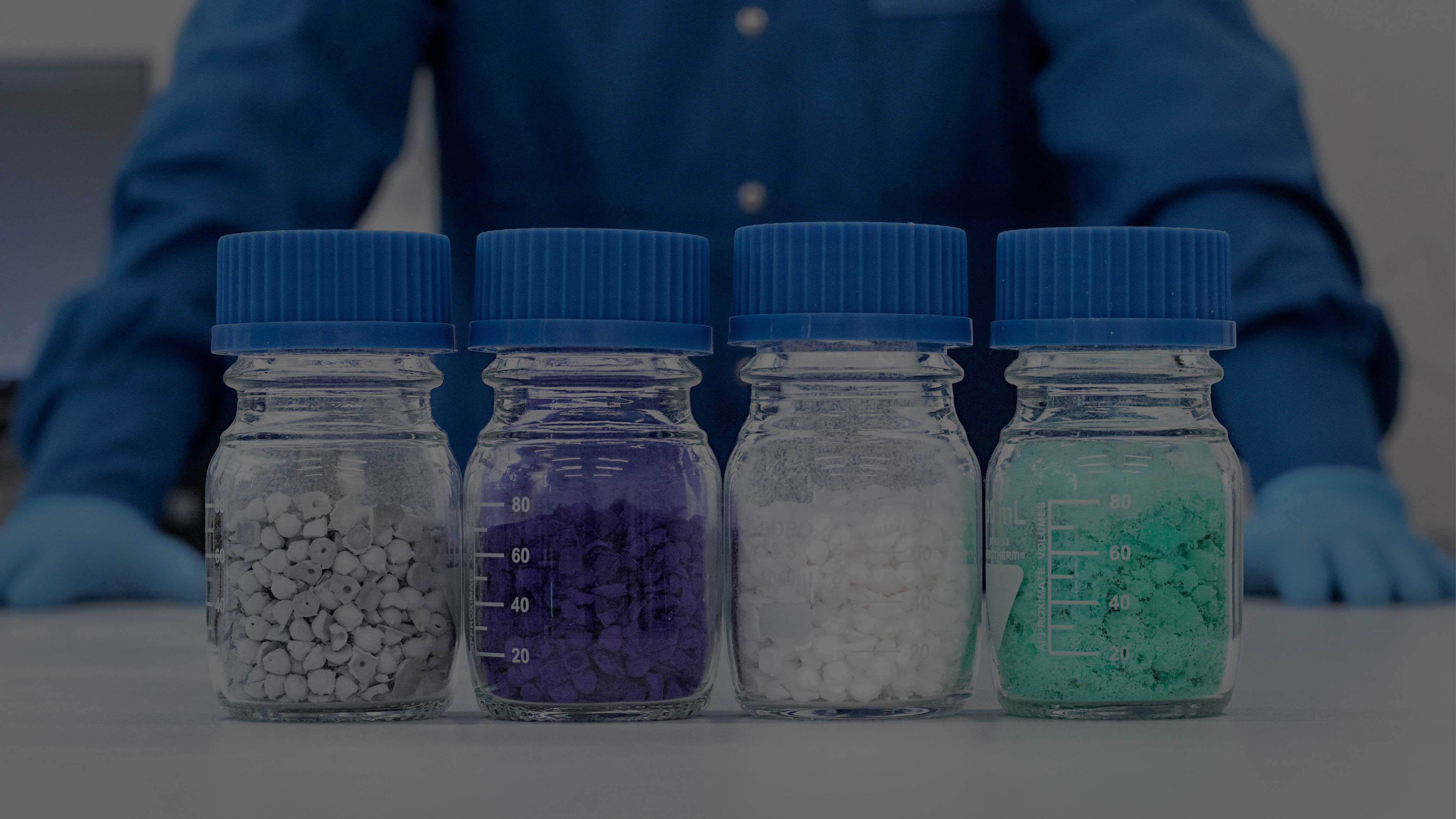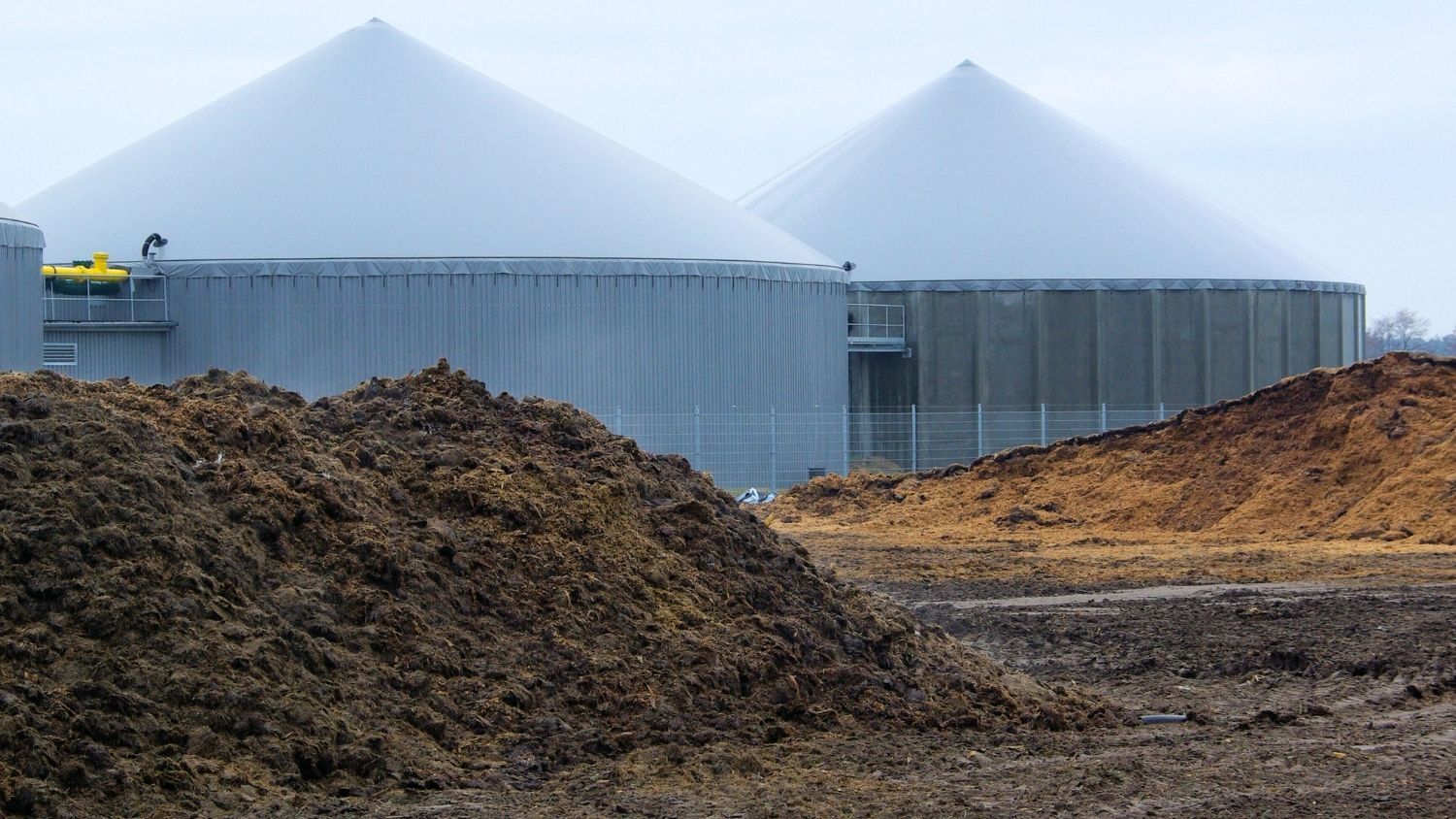 The global oxygen production market is a vital sector supporting medical, industrial, and environmental applications, with its significance growing steadily. Valued between USD 30 billion and USD 50 billion annually in 2023, the market is poised for substantial expansion driven by increasing demands from healthcare and industrial sectors, technological advancements, and heightened environmental initiatives.
The global oxygen production market is a vital sector supporting medical, industrial, and environmental applications, with its significance growing steadily. Valued between USD 30 billion and USD 50 billion annually in 2023, the market is poised for substantial expansion driven by increasing demands from healthcare and industrial sectors, technological advancements, and heightened environmental initiatives.
In the healthcare arena, oxygen is indispensable for treating respiratory conditions such as COPD, pneumonia, and during surgical procedures. The COVID-19 pandemic underscored the critical importance of robust oxygen supply chains, leading to significant investments in oxygen production technologies and infrastructure. This surge in demand extends to both hospitals and home healthcare settings, with emerging markets in Asia-Pacific and Africa exhibiting considerable growth potential. The pandemic also highlighted the need for scalable and low-cost oxygen purification solutions, especially in regions with limited infrastructure, emphasizing the market’s essential role in global health.
Industrial applications of oxygen are equally crucial, particularly in steel manufacturing, chemical production, and wastewater treatment. The steel industry relies heavily on oxygen in blast furnaces to enhance efficiency and reduce energy consumption. Additionally, the global shift towards cleaner energy and sustainable industrial practices is boosting the demand for oxygen in environmental applications such as air and water purification. These trends reflect the broader move towards more sustainable and energy-efficient industrial processes, further driving the need for reliable oxygen production.

Technological advancements are a key driver of market growth. Innovations in air separation units (ASUs) and pressure swing adsorption (PSA) systems have significantly improved the efficiency and cost-effectiveness of oxygen production. Moreover, the increasing focus on reducing carbon footprints has led to the development of green technologies for oxygen generation, enhancing the sustainability of the production process. These advancements not only lower operational costs but also expand the applicability of oxygen across various sectors.
Looking ahead, the oxygen production market is expected to continue its upward trajectory as demand expands across multiple industries. Companies that invest in research and development and expand their production capacities are well-positioned to capitalize on this growth. The ongoing evolution of oxygen production technologies and the critical need for a reliable oxygen supply underscore the market’s pivotal role in supporting global industry and healthcare, ensuring its continued expansion in the coming years.
The different separation technologies
The production of oxygen-enriched gas streams is essential for various industrial and medical applications, relying on technologies that are often energy and infrastructure-intensive. The main methods include cryogenic distillation, pressure swing adsorption (PSA), vacuum pressure swing adsorption (VPSA), and membrane separation, each with distinct advantages and limitations.
Cryogenic distillation is the most established technology, especially for large-scale industrial applications. It involves cooling air to cryogenic temperatures (-183°C) to liquefy its components. Oxygen is then separated based on its boiling point, allowing for the production of very high-purity oxygen. This method is highly effective and ideal for sectors requiring large volumes of pure oxygen, such as steelmaking, chemical manufacturing, and major healthcare facilities. However, the process is energy-intensive and requires significant infrastructure.

Pressure swing adsorption (PSA) is a non-cryogenic method favored for its flexibility, particularly in smaller-scale operations. PSA systems use adsorbent materials, like zeolites, to selectively adsorb nitrogen from compressed air, allowing oxygen to pass through. While PSA is suitable for on-site oxygen generation in hospitals and industries requiring moderate oxygen purity, it is less efficient than cryogenic methods.
Vacuum pressure swing adsorption (VPSA) is an advanced version of PSA, designed to improve efficiency and reduce operational costs. VPSA uses a vacuum to desorb nitrogen from the adsorbent materials more effectively, speeding up regeneration and lowering energy consumption. This method is particularly useful in applications needing large oxygen volumes at lower costs, such as wastewater treatment and glass manufacturing.
Membrane separation is another non-cryogenic method, using selective membranes to separate oxygen from other gases. It is less energy-intensive and best suited for applications requiring lower oxygen purity, such as combustion enhancement and inerting.
These technologies cater to diverse industrial needs, offering scalable, efficient, and cost-effective solutions for oxygen production, allowing businesses to choose the most suitable method based on their specific requirements.
The separation process with MOF technology
 Over the past decade, significant efforts have been made to develop metal-organic frameworks (MOFs) as selective sorbents for oxygen capture, storage, and release. Two primary strategies have emerged, each involving different adsorption mechanisms.
Over the past decade, significant efforts have been made to develop metal-organic frameworks (MOFs) as selective sorbents for oxygen capture, storage, and release. Two primary strategies have emerged, each involving different adsorption mechanisms.
The first strategy involves MOFs that adsorb oxygen through a redox mechanism, where O₂ binds to open metal sites or bridging ligands. However, this approach is challenging because the strong binding of oxygen often makes its release difficult.
The second strategy focuses on size-selective MOFs that preferentially adsorb oxygen over nitrogen. This approach also presents challenges due to the minimal size difference between O₂ and N₂ molecules.
Recent studies have identified key requirements for MOFs suitable for air separation, including reversible sorption without structural collapse and a composition that allows for large-scale, cost-effective O₂ production. Additionally, it has been demonstrated that metal substitution within specific MOF families can fine-tune the selectivity and kinetics of the system, enhancing the O₂/N₂ separation performance. This improved performance is attributed to molecular sieving, which leverages the small size difference between the kinetic diameters of oxygen and nitrogen. Pore-size engineering in MOFs has thus been highlighted as a powerful tool for designing new materials for efficient air separation.
Conclusion
Recent studies using adsorption, diffraction, spectroscopy, and computational methods have revealed the selective adsorption of O₂ from air in some specific MOFs. Metal substitution within this MOF family effectively tunes the system's selectivity and kinetics. Unlike other MOFs that rely on open metal sites for O₂ binding, these specific MOF achieve excellent O₂/N₂ separation through molecular sieving, exploiting the small size difference between the gases.
 These MOFs offer the highest verified O₂/N₂ selectivity among MOFs without open metal sites, along with advantages in ease of synthesis, low cost, and scalability for noncryogenic air separation.
These MOFs offer the highest verified O₂/N₂ selectivity among MOFs without open metal sites, along with advantages in ease of synthesis, low cost, and scalability for noncryogenic air separation.
If this article piqued your interest and you wish to learn more about MOF technology for oxygen production, please reach out so we can discuss your project further. For further insight into the world of MOFs, explore our previous blogs and success stories.




.jpg)
